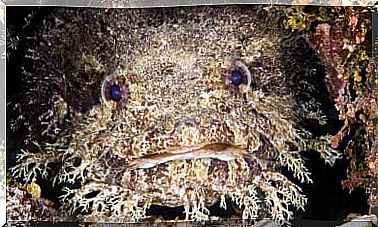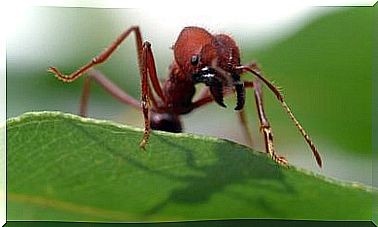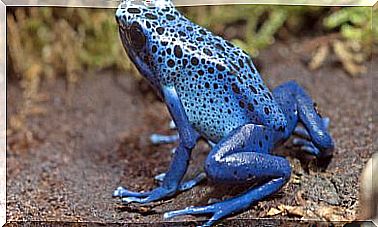How Does Pollution Affect Marine Life?
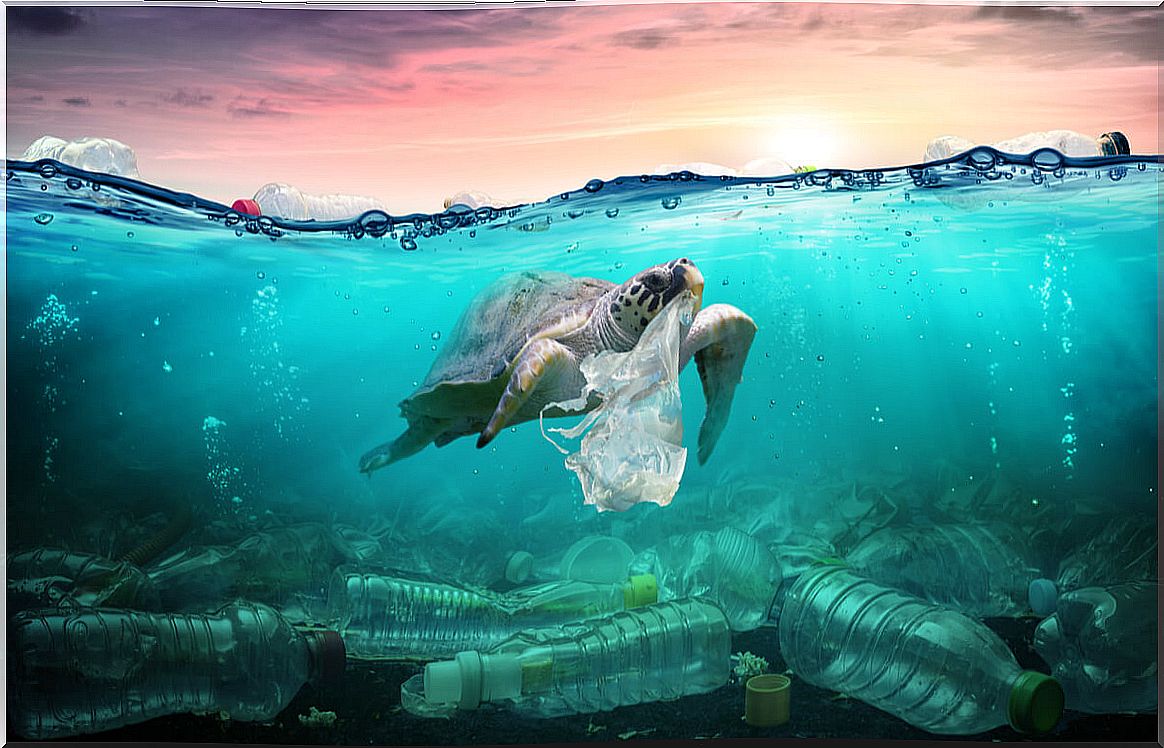
Currently, the seas and oceans are seriously threatened by human pollution. The accumulation of waste, toxic spills and acidification of the water seriously affect marine life.
Although it is not a subject of special pleasure for the human being, knowing the effects of our excesses as a species is essential to become aware and change habits. That is why here we show you the relationships between pollution and marine life.
The dilution trend: pollution and marine life
The vast extent and depth of the body of water on Earth has been the perfect excuse for humans to dispose of waste. The concept behind the supporters of this practice was that this immense amount of water had a dilution effect on the waste dumped into it.
This “dilution” has brought many ecosystems on the planet to the brink of collapse. At present, we can find kilometer-long areas of floating plastics and even real plastics continents or islands of floating garbage, with surfaces that exceed one million square kilometers.
The sources of pollution
The alteration of marine ecosystems has existed since ancient times, but in recent centuries it has accelerated alarmingly. A large percentage of marine pollution comes from land-based activities.
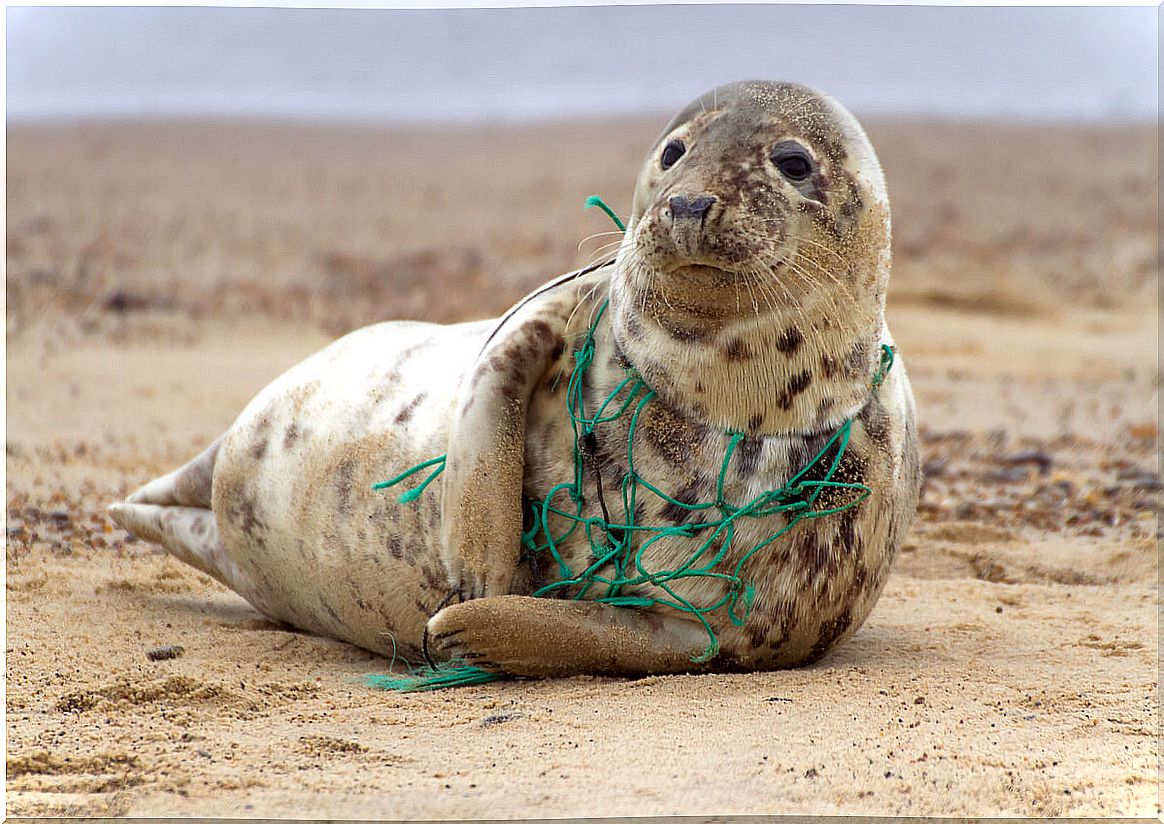
The most common pollutants from these activities are pesticides, herbicides, chemical fertilizers, detergents, hydrocarbons, sewage, plastics, and other solids. Next, we show you them in more detail.
Plastics and solid waste
Many of these pollutants are capable of entering the food chain of marine species, since they end up being the food of many animals and their presence reaches the depths of the ocean.
Microplastics have been detected in the stomach contents of several species of crustaceans that inhabit ocean trenches at almost 10,000 meters depth. As the food chain increases, the greater the concentration of plastics in the animal.
Nitrogen-rich fertilizers
Fertilizers used in agricultural activity are discharged into streams, rivers and groundwater that end up in estuaries, bays and deltas, reaching the sea.
Nitrogen, as a nutrient, can cause massive algae growth in areas where it eventually accumulates. The excessive growth of algae consumes the oxygen in the water and impedes the native marine life.
Heavy metal contamination in marine life and on our dishes
Heavy metals reach the sea from the washing of the mining basins. The presence of metals such as lead and mercury in the body can lead to serious health problems and even be fatal at high doses.
At low but maintained doses, it affects the normal functioning of the organs and the reproductive capacity. In addition, they are not eliminated, but accumulate and remain in the marine food chain, reaching humans through their consumption.
The result is a lower capacity for renewal of species in ecosystems, with the alteration that this entails and the presence of these metals in our own food.
Other forms of pollution: noise pollution
Noise pollution also affects marine life, as large bodies of water can propagate sound waves for miles and miles without losing intensity.
The sounds of great power or the constant sounds such as those from ships, sonars, oil or even those of natural origin such as earthquakes alter the patterns of migration, communication, hunting and reproduction of many marine animals that are guided through echolocation, like whales and dolphins.
How is marine life affected by pollutants?
The sources of pollution described destroy the habitat of marine species, alter the life cycles of many animals and destroy the nutrients and oxygen in the water. This has various effects on the biological component of the ecosystem.
Biodiversity loss
Some species are more susceptible than others to contamination and as soon as their habitat is minimally altered (rising temperatures, loss of nutrients, lack of oxygenation of the water …) they are affected. If you add to this the pressure of being an endangered species, it ends up disappearing.
The disappearance of a species does not only affect this species, but the entire ecosystem where it is found. If we take this to a larger scale, like planet Earth, we see that there is a great alteration of the entire global marine ecosystem due to the loss of prey and predatory species.
The causes of the loss of a species due to contamination can be very varied. Among them we find:
- Alteration of the physical-chemical composition of the water.
- Absence of its food source.
- Waste traps, deadly for marine life on many occasions: such as ghost nets, plastic bags that confuse turtles or plastic rings for seabirds.
Coral bleaching
Coral reefs are disappearing at an alarming rate due to bleaching caused by marine pollution.
The reefs are home to a great diversity of marine life and with the destruction of the coral, their inhabitants also die. Bleaching is the process of loss of organisms associated with the reef due to the presence of previous contaminants.
These microorganisms are the zooxanthellae that live inside the coral and feed it thanks to the products resulting from its photosynthesis.
In turn, coral provides zooxanthellae with its metabolic waste products (inorganic nutrients such as ammonium and carbon dioxide) and also creates an ideal microclimate for zooxanthellae survival.
Without this symbiosis the coral cannot survive, with all that this implies, hence the importance of eradicating discharges to the sea.
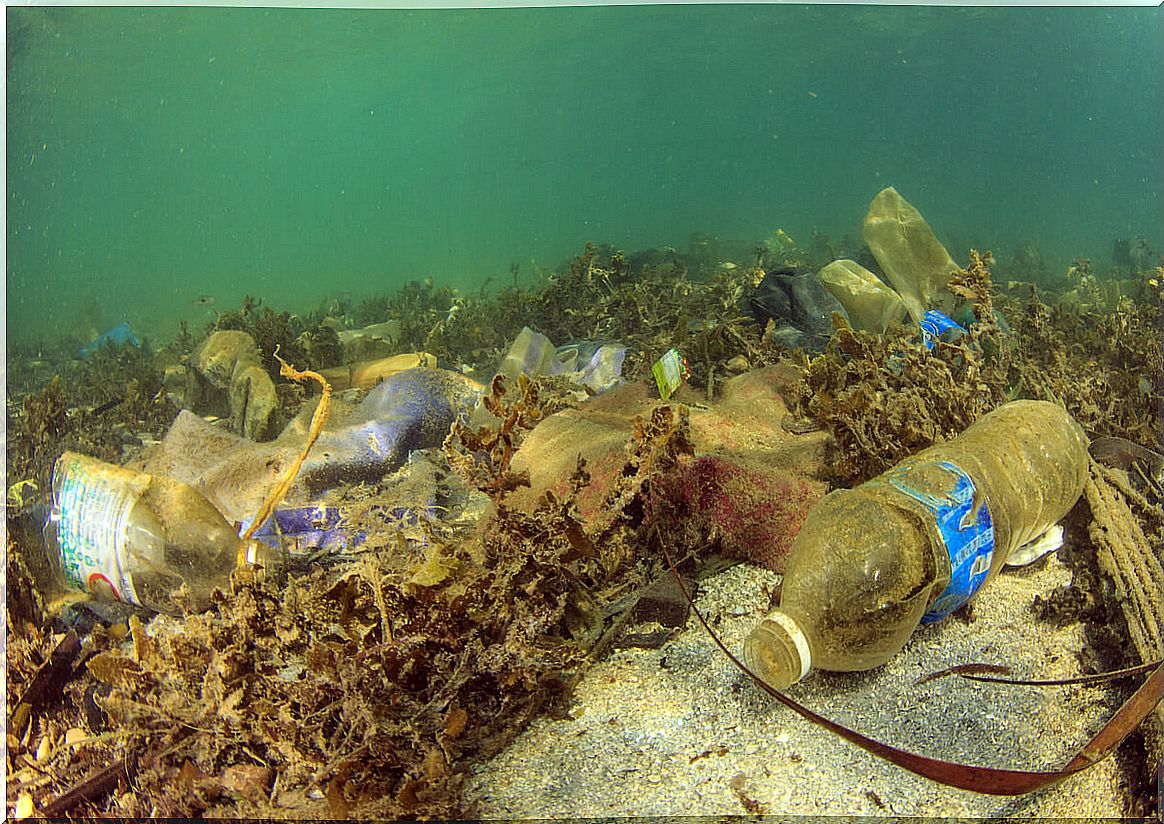
We live on a planet where there are no longer marine ecosystems unaffected by human pollution. Political and environmental awareness and action are necessary to curb pollution and save marine life.

